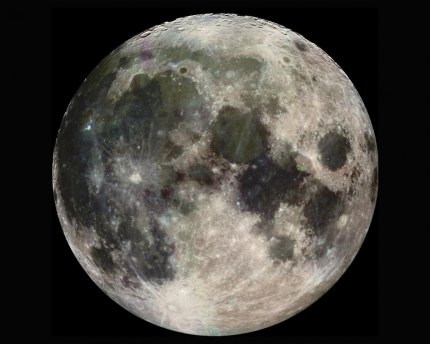
“We will go to the Moon in the next decade with innovative, new technologies and systems to explore more locations across the lunar surface than ever before,” NASA Administrator Jim Bridenstine said in a statement released Monday. “This time, when we go to the moon, we will stay. We will use what we learn as we move forward to the moon to take the next giant leap -- sending astronauts to Mars.”
Bridenstine's statement followed the announcement that President Donald Trump had proposed a $21 billion budget for NASA. A political fight is brewing over the budget, which calls for cuts to Medicare and Medicaid, along with more money for a controversial border wall separating the U.S. and Mexico. Even so, the space agency used the day to publicize its plans.
“Beginning with a series of small commercial delivery missions to the moon as early as this year, we will use new landers, robots and eventually humans by 2028 to conduct science across the entire lunar surface,” Bridenstine said.
Apollo 11 launched from Cape Kennedy on July 16, 1969, with Cmdr. Neil Armstrong, command module pilot Michael Collins and lunar module pilot Edwin "Buzz" Aldrin. On July 20, 1969, Armstrong was the first man on the moon, and Aldrin was the second.
NASA also announced that it had agreed to allow nine teams to study samples taken from the moon during various Apollo missions. These samples have been stored and untouched for nearly 50 years. One sample preserves not just the rocks but also "the stratigraphy from below the surface so today’s scientists can, in a laboratory, study the rock layers exactly as they existed on the moon," according to a space agency news release.
Scientists on the teams will be from various NASA institutions, along with University of Arizona, University of California Berkeley, U.S. Naval Research Laboratory, University of New Mexico and the Mount Holyoke College Planetary Science Institute.
Related:
Moons water could be used on missions
Astronauts to return to the moon
If you would like to comment, like us on Facebook and tell us what you think.